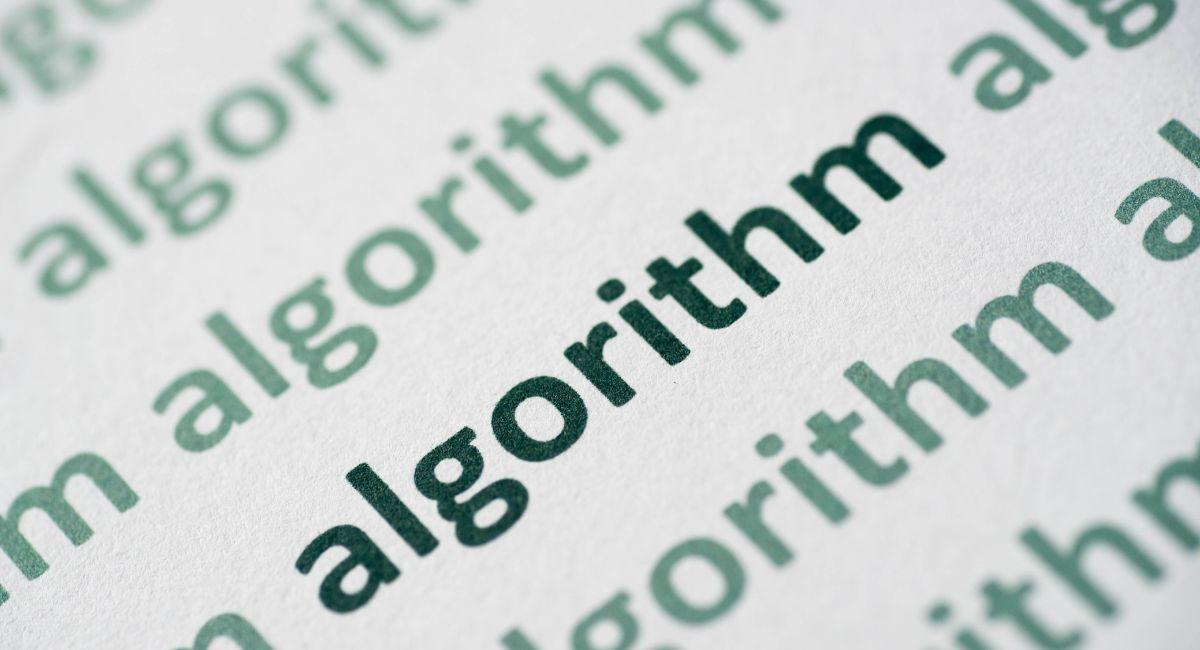Unpacking The Top 10 Flaws In The Proof-of-Work Consensus Algorithm (PoW)

Proof-of-Work (PoW) is a consensus algorithm used in blockchain networks to validate and add new blocks to the blockchain. It is the underlying mechanism that helps achieve distributed consensus in a decentralized network. Here’s an overview of how the PoW consensus algorithm works:
- Mining Process:
- Proof-of-Work involves a process known as mining, where participants, referred to as miners, compete to solve a complex mathematical puzzle.
- The puzzle is computationally intensive and requires significant processing power to solve. Miners use their computational resources to find a specific value (called a nonce) that, when hashed with the block data, produces a hash that meets certain criteria, usually being below a target difficulty level.
- Nonce and Block Hash:
- Miners modify the nonce in the block header and repeatedly hash the block until a hash is found that satisfies the difficulty requirement.
- The nonce is a 32-bit (or more) field in the block header, and its modification serves as the trial-and-error component of the mining process.
- Difficulty Adjustment:
- The network adjusts the difficulty level approximately every two weeks based on the total computational power of the network. If the network’s hash rate increases, the difficulty level goes up, and vice versa.
- This adjustment ensures that the average time to mine a block remains relatively constant, maintaining a steady issuance rate of new blocks.
- Consensus Verification:
- Once a miner successfully solves the puzzle and finds a valid nonce, they broadcast the new block to the network.
- Other nodes in the network can easily verify that the miner has performed the required computational work by checking the validity of the hash.
- Chain Security:
- Proof-of-Work provides security to the blockchain by making it economically unfeasible for an attacker to control the majority of the network’s computational power (known as a 51% attack).
- An attacker would need to invest a massive amount of computational resources, which is cost-prohibitive and logistically challenging.
- Double Spending Prevention:
- The computational work required in PoW helps prevent double-spending attacks. Once a block is added to the blockchain, altering its contents or attempting to spend the same cryptocurrency amount twice would require redoing the computational work for that block and all subsequent blocks.
- Energy Consumption:
- One criticism of Proof-of-Work is its energy consumption. The process of miners competing to solve computationally intensive puzzles requires a significant amount of electricity. This has led to the exploration of alternative consensus algorithms, such as Proof-of-Stake (PoS), which aim to achieve consensus with lower energy consumption.
Bitcoin, the first and most well-known cryptocurrency, uses the Proof-of-Work consensus algorithm. Other blockchain networks, such as Ethereum (currently transitioning to Ethereum 2.0 with a PoS component) and Litecoin, also initially adopted PoW. The algorithm remains a fundamental concept in the blockchain space, although alternative consensus mechanisms are continually being explored for their energy efficiency and scalability benefits.

Also, read- Explore The Future With Top Blockchain Trends To Follow In 2024
Top 10 flaws in Proof-of-Work (PoW) consensus algorithm

1. Energy Consumption
1.1 Excessive Power Consumption
PoW requires miners to solve computationally intensive puzzles, leading to a massive consumption of energy. This environmental impact has raised concerns about the sustainability and carbon footprint of blockchain networks utilizing PoW.
2. Centralization Risks
2.1 Mining Pool Dominance
The emergence of mining pools concentrates mining power, posing a risk of centralization. Large mining pools can potentially control the majority of the network’s hash rate, undermining the decentralized principles of blockchain.
3. Hardware Dependence
3.1 ASIC Dominance
Application-Specific Integrated Circuits (ASICs) designed for Proof-of-Work algorithms give a significant advantage to those with access to specialized hardware. This creates a barrier to entry, limiting participation and potentially centralizing mining power.
4. Scalability Challenges
4.1 Network Congestion
As more miners compete to solve puzzles, network congestion can occur, leading to slower transaction processing times. This scalability challenge hinders Proof-of-Work-based blockchains from handling a growing number of transactions efficiently.
5. 51% Attacks
5.1 Vulnerability to Majority Attacks
The 51% attack risk is inherent in PoW. If a single entity or a coalition controls more than 50% of the network’s hash rate, they can potentially manipulate the blockchain by double-spending or excluding transactions.
6. Lack of Sybil Resistance
6.1 Sybil Attacks
Proof-of-Work does not inherently resist Sybil attacks, where an attacker creates multiple nodes to gain control over the network. This vulnerability can be exploited to disrupt the consensus process and compromise the integrity of the blockchain.
7. Incentive Misalignment
7.1 Short-Term Profit Maximization
Miners in Proof-of-Work are incentivized by immediate financial gains, which may not align with the long-term interests of the blockchain. This can lead to a focus on short-term profit rather than the health and stability of the network.
8. Wasteful Computations
8.1 Redundant Calculations
The Proof-of-Work process involves miners performing redundant calculations solely to compete for block rewards. This inefficiency results in a substantial amount of computational power being used for non-productive tasks.
9. Subject to Mining Attacks
9.1 Mining Hardware Vulnerabilities
Proof-of-work networks are susceptible to attacks targeting mining hardware. If a flaw or vulnerability is discovered in the hardware used for mining, it could be exploited to compromise the network’s security.
10. Resistance to Protocol Upgrades
10.1 Difficulty in Implementing Changes
Changing the PoW algorithm or introducing significant protocol upgrades is challenging due to the established nature of the consensus mechanism. This resistance can hinder the evolution and adaptability of PoW-based blockchain networks.
■ What is Mining?
In a mine called “Distributed Source System,”
“By working on the ‘consensus algorithm’
Owning “Cryptocurrency”•Proof of work: POW (Proof of work)
An ‘agreement algorithm’ that proves you’ve completed the process of forming a new block• Proof of stake:…
— I’m a dreamer(꿈꾸는 사람) (@GIP_HODL) January 10, 2024
How to overcome these flaws?

Conclusion
While PoW has been a pioneering consensus algorithm, its flaws have become more apparent as blockchain technology evolves. The environmental impact, centralization risks, and scalability challenges are prompting the exploration of alternative consensus mechanisms that address these shortcomings, paving the way for a more sustainable and resilient blockchain future.




























































